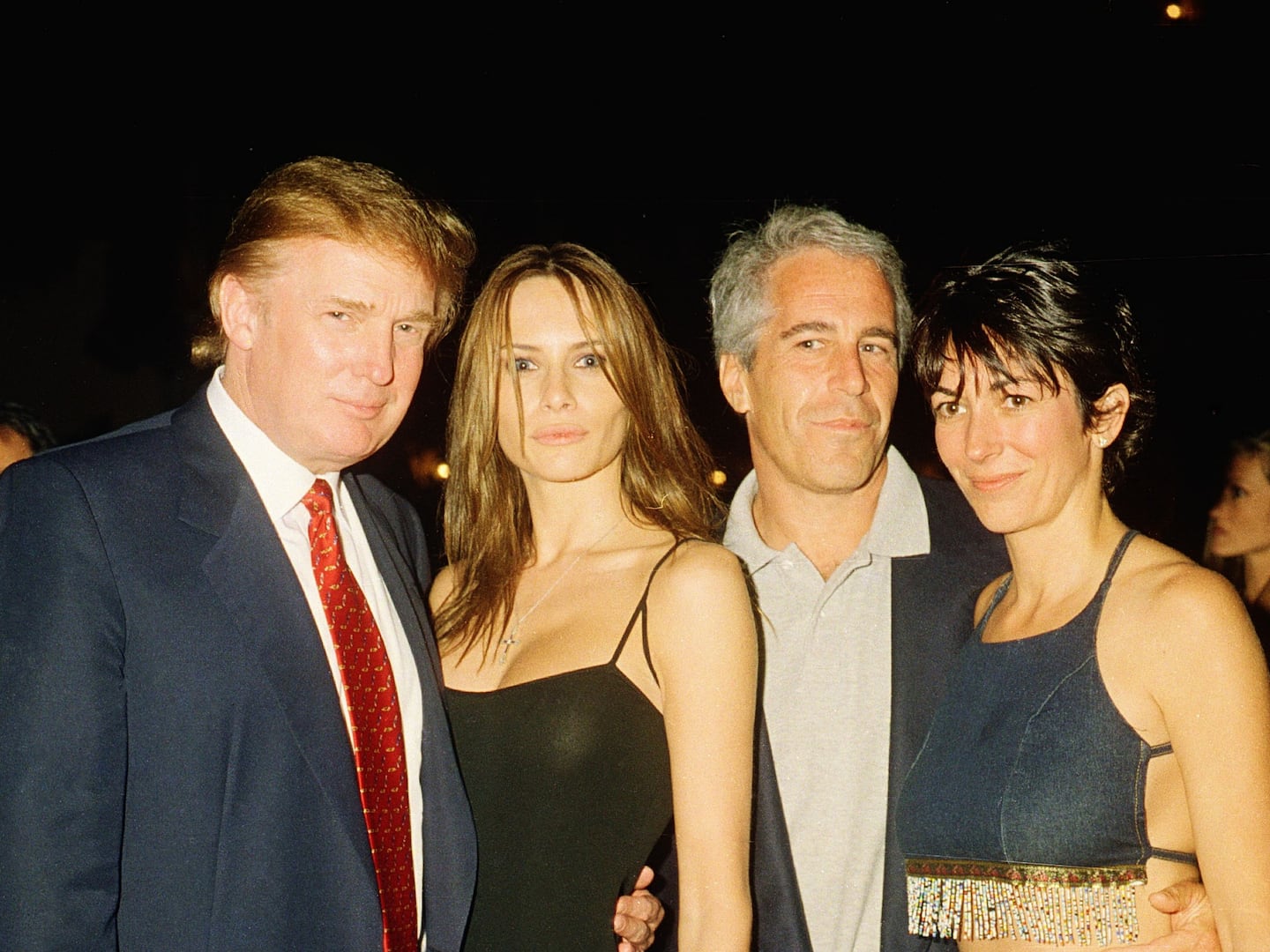Gravity is a phenomenon.
The 3-D sci-fi epic by visionary filmmaker Alfonso Cuarón grossed an estimated $55.7 million its opening weekend, a new October record, and has been praised by everyone from James Cameron, who called it “the best space film ever done,” to former astronaut Buzz Aldrin, who wrote that the “simulation of the dynamics” and “precision” were “remarkable.”

We’ve already covered Cuarón’s 4 1/2-year journey to bring Gravity to the screen, including the “casting carousel,” cutting-edge technology simulating zero gravity, space silence, and in-your-face 3-D. Now that the film is out, let’s discuss that ending, and what it means within the context of the picture.
WARNING: If you have not seen Gravity, please stop reading now.
It’s interesting to view Gravity through the prism of Cuarón’s and star Sandra Bullock’s personal lives, and makes for a more powerful moviegoing experience. Just prior to making the film, Cuarón split from his second wife, film critic Annalisa Bugliani. The two reportedly met during the promotional tour for Cuarón’s breakthrough film, Y Tu Mamá También, and had one child together. After the divorce, the filmmaker took a year off and relocated to London before enlisting his son from his first marriage, Jonás Cuarón, then 26, to help him write Gravity. From a thematic standpoint, the saga of two people tethered to each other in space and fighting for survival, written by a father and son on the heels of a divorce, is fascinating.
Bullock suffered a very public split from muscle car maven Jesse James in 2010 following reports of his infidelity. She signed on to the project just a few months after the divorce was finalized. In the film, Bullock plays Dr. Ryan Stone, a single, 30-something biomedical engineer and mission specialist who lost her 4-year-old daughter in a freak playground accident. She is dead inside and spends her evenings taking long drives listening to NPR, the station that was playing when she first heard the news of her daughter’s death. At one point, when things are looking grim for Dr. Stone, she attempts suicide. She wants to die.
But after braving an endless barrage of elements on her first space-shuttle mission, including several volleys of debris, a broken Soyuz reentry module, a tangled parachute, and translation problems, she rediscovers her faith, screams, “I want to live!” and successfully deploys a reentry module to return to Earth.
“I think there’s definitely something about the individual in adverse circumstances,” says Cuarón. “There’s a big sense of adversity that’s happening right now in the world, and it’s how we can cope with it.”
Dr. Stone’s spacecraft lands in the ocean and, after she drifts back toward an exotic island, she crawls to land, gets on her knees, and slowly stands tall.
“In this case, it’s about adversity and the possible outcome as a rebirth,” he says. “It’s the optimistic scenario, the Darwinian chart at the end. She comes from the primordial soup, crawling out into the mud, and then she’s on all fours, and then she’s standing up curved like an ape, until she goes completely erect.”
A rebirth. The “primordial soup” term comes from Russian biologist Alexander Oparin, who in 1924 developed a theory that—much to Pat Robertson’s dismay—the origin of life on earth came from simple organic compounds, dubbed “monomers.” These monomers gradually combined and interacted with the environment at various points—shorelines, etc.—forming a “soup.” Through further chemical evolution, the monomers transformed into polymers and became more and more complex until eventually they formed humans.
“I happen to subscribe to that view—rebirth,” says Cuarón. “But that doesn’t mean it’s the only view…or the prevalent view.”






